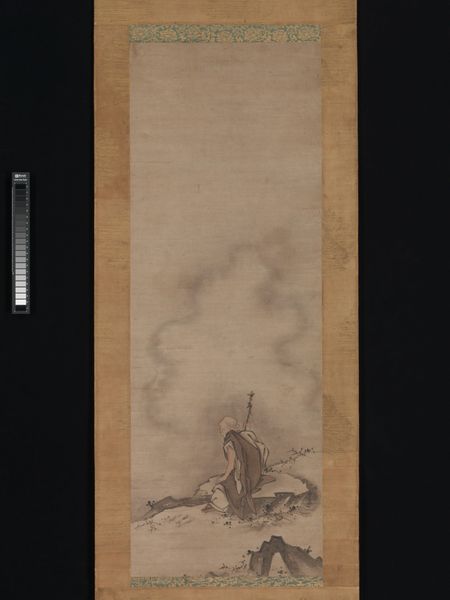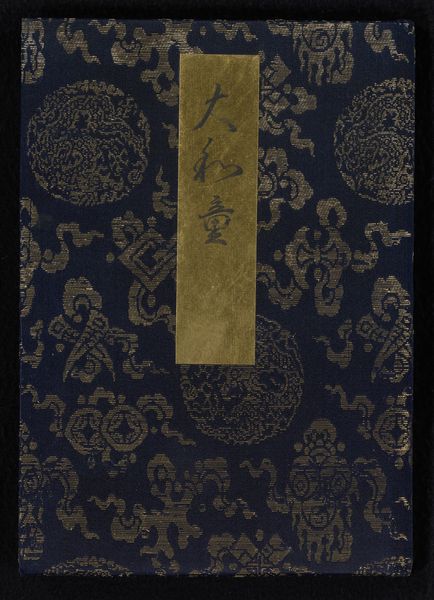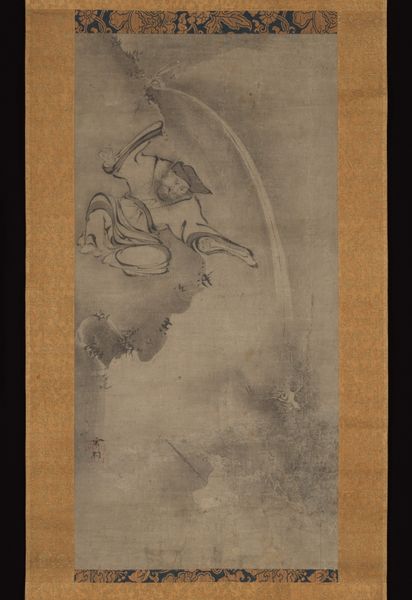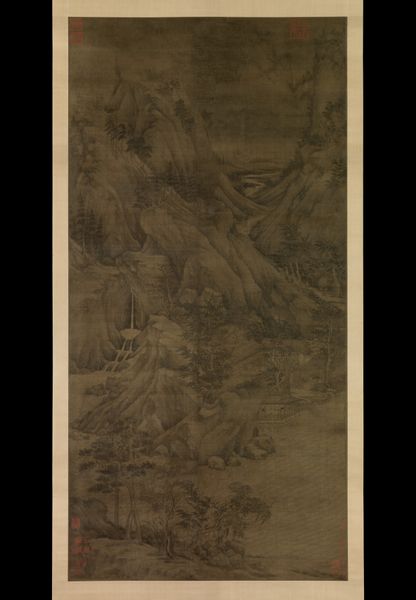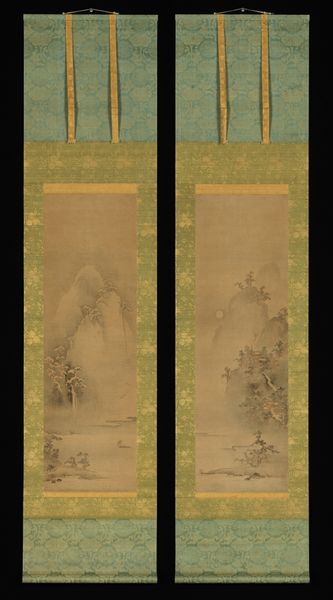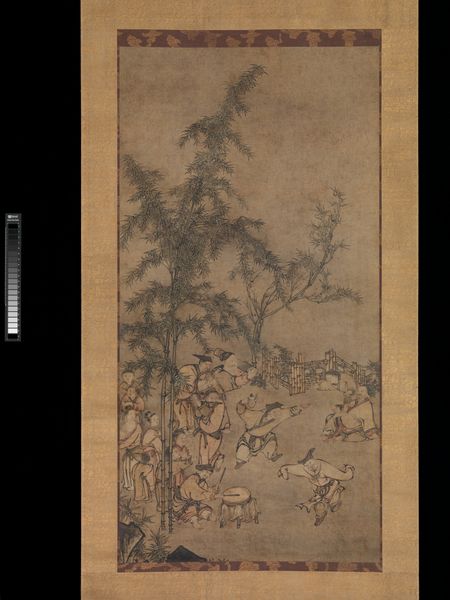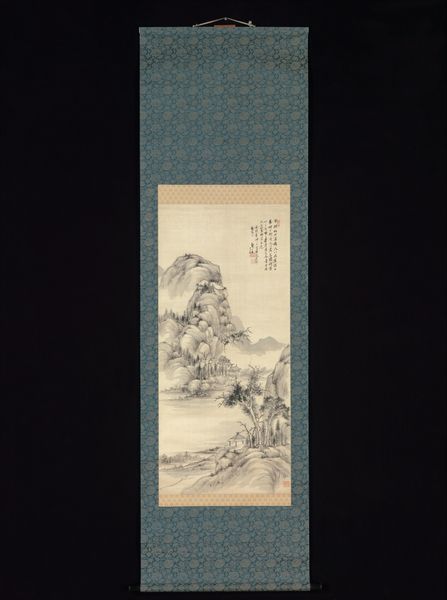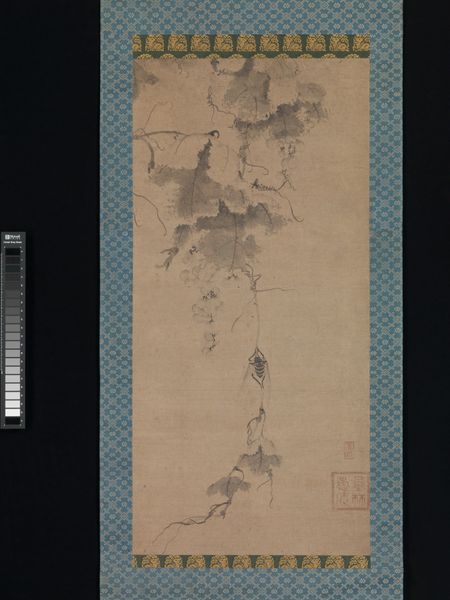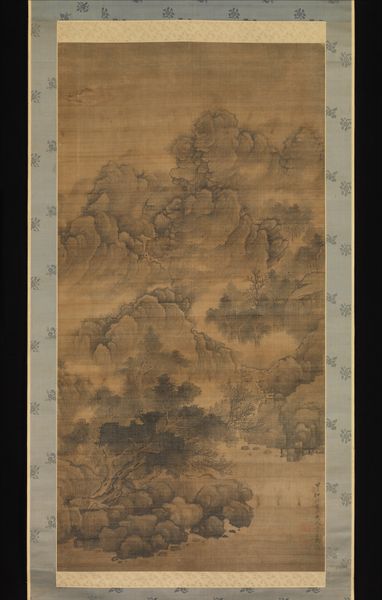
tempera, painting, ink
#
tempera
#
painting
#
asian-art
#
landscape
#
figuration
#
ink
#
orientalism
#
line
Dimensions: 51 1/2 x 27 1/2 in. (130.8 x 69.9 cm)
Copyright: Public Domain
Muqi painted this Dragon scroll with ink on paper during the thirteenth century. Muqi's identity as a Chan Buddhist monk profoundly shaped his art. Chan Buddhism emphasized direct experience and intuition over textual knowledge. Muqi’s Dragon embodies these ideals. Dragons in East Asian art represent power, wisdom, and benevolence. Traditionally, they are associated with emperors and governance, but Muqi’s portrayal diverges from the conventional representations. He presents the dragon emerging from mist and clouds, rather than in a posture of imperial authority. This suggests a more abstract, spiritual interpretation of the dragon’s essence. As you gaze upon the dragon, consider the dynamic interplay between the visible and the invisible, the known and the unknown, and how Muqi invites us to contemplate the deeper mysteries of existence beyond the material world.
Comments
No comments
Be the first to comment and join the conversation on the ultimate creative platform.
